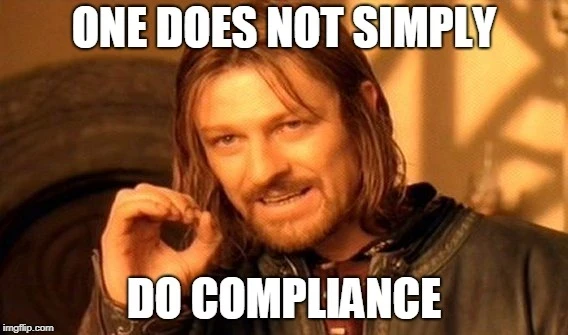WATCH THE FREE WEBINAR: Risk-Based CAPA Under ICH E6(R3)
Wednesday, November 7, 2018 | 2:39 PM
Trial Interactive turns 10 this year and we could not be more proud—from an early eTMF innovator to an end-to-end eClinical platform, we’ve grown tremendously. Part of that growth was in realizing early that effective eClinical innovation is powered by partnership and collaboration, which has been possible with 25+ years’ experience in the life sciences industry and 10 years of experience in e-clinical innovation. In the process, we’ve learned many things. Let us rephrase that: clinical development teams have taught us many things.
In celebration of this milestone, we’ve put together a list of some of these lessons learned in a three-part series.
Here are the first 5:
10 years, in technology years, is a long time.
We have seen some stuff! When we started, eTMF was a novel idea and, until about 7 years ago, not even an industry term—TMFs were still almost entirely paper based. While the EU has taken a more conservative approach, eTMF has become the norm in the US, and is becoming the preferred standard by regulatory agencies worldwide.
Where eTMF is just the tip of the iceberg, clinical professionals’ expectations have evolved rapidly— what about site identification? What about qualification and selection? What about site activation? What about personnel (both team and investigative site) training? What about clinical document creation? What about archiving? Oh, and I want it all to work on any device! The need for a fully integrated platform is growing fast as it is becoming more common for companies to allow team members to use company-approved devices.
Ten years ago, we asked clinical teams if they wanted to go digital. Initially, clinical teams wanted some practical digital tools to digitize an antiquated paper process. Ten years later they’re not only saying yes, but they’re also asking for more…and many will even tell us exactly what they want! They want accessibility across multiple devices, and they want data to be increasingly real-time, intuitive, automated, searchable, insight-rich, predictive, expedient, transparent, secure, collaborative, and, of course, compliant.
Regulations sure do change a LOT.
...and they should! Continuously exploring how to improve our processes around clinical development is a win-win for everyone. And that continuous exploration provides continuous adventure for clinical teams and service providers who have to keep in lockstep with new processes and features. Keeping teams compliant has always been a pillar of our technology and services. We, and the global teams we support, have to respond to regulatory changes across different international agencies (FDA, EU, MHRA, PDMA, etc.) as well as standards designed to help teams remain in compliance (such as the TMF Reference Model).
You can’t “technology” your way out of business challenges.
It’s about PEOPLE, people! And process! Don’t get us wrong, technology can do amazing things for your business. eClinical technology, in particular, provides very obvious advantages for simplifying processes, enabling oversight, and maintaining compliance, among other key benefits. However, it doesn’t operate in a vacuum. Often teams will rely heavily on the technology and skip a lot of the planning, defining best practices, designing and rolling out training programs, and other critical steps that provide teams with the foundation to get the most out of their systems of record. Technology without effective planning around people and process is a little like a car without a steering wheel: all speed, no control.
One does not simply do compliance.
Think back to just a second ago when we said all that stuff about people and process. Compliance isn’t magic. Teams do not conduct clinical research in compliance through instinct—they need training. It helps if the mechanism (LMS) for delivering the training is geared towards compliance-focused business operations. The right approach to delivery, tracking, oversight,certification, and eTMF integration goes a long way towards eliminating risks.
Studies here, studies there, studies are everywhere around the world.
Nobody owns clinical development! Science is a common language spoken by specially trained professionals across the globe. With every new therapy or medical device innovation, new questions are revealed. We’re just glad so many brilliant minds are asking and seeking to answer these questions. As the research landscape expands, so do the considerations for supporting teams across countries and continents with unique local, national, and regional regulatory requirements—not to mention unique language requirements. This time, we don’t mean science—we mean real languages. With companies expanding globally, it is becoming more important than ever for service providers to have the capacity to respond to those needs both within technology offerings and through support services.
We look forward to another ten years of partnership and learning. Thanks to our growing community of Trial Interactive users and e-clinical innovators for sharing in the journey. A quote we love around here goes something like, “The race is not always to the swift, but to those who keep on running.” Make sure to keep an eye out for the next five lessons learned. Thanks for reading!
To learn more about how we can partner to help streamline your clinical study processes, speed the steps to site activation, keep teams inspection ready, and enhance transparency and oversight, contact us at info@trialinteractive.com or visit us at http://www.trialinteractive.com.








